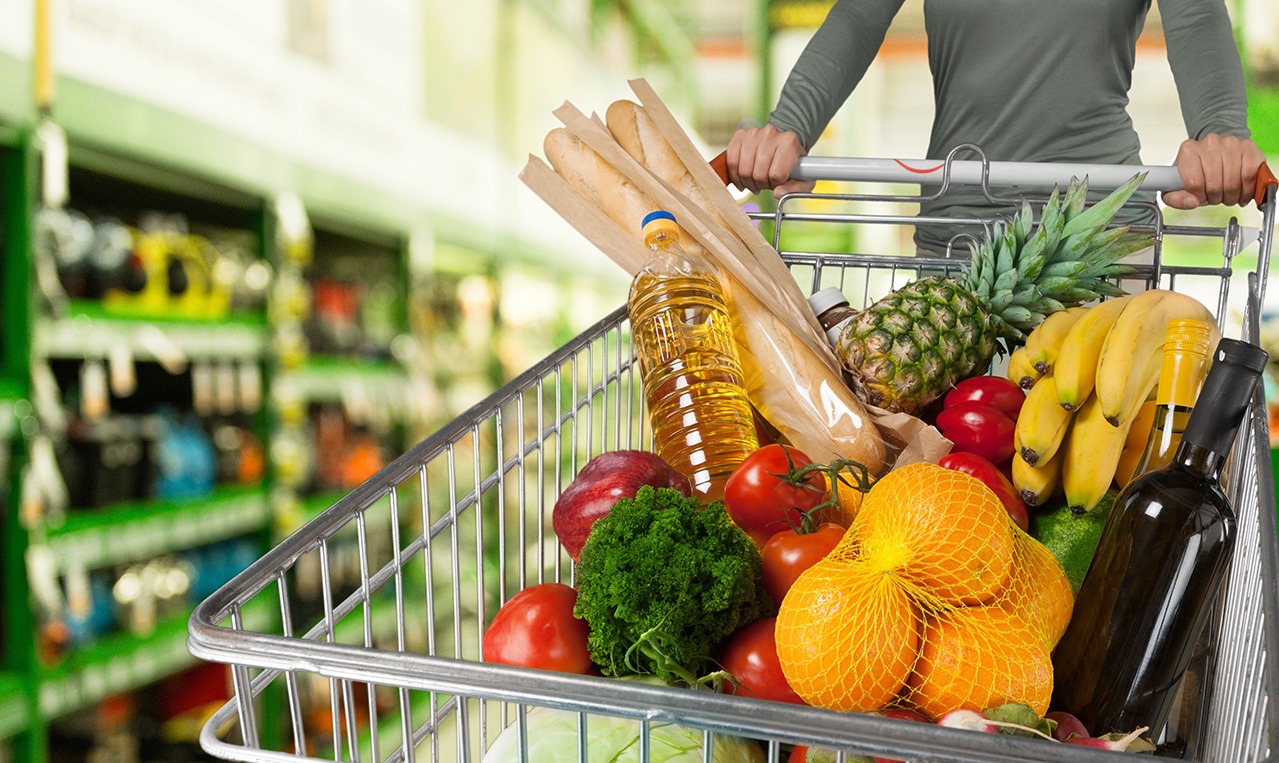Introduction
The groceries online Chennai, a ubiquitous and essential part of modern life, plays a pivotal role in providing access to food and other essential items. In this comprehensive article, we will explore the fascinating evolution of the grocery store, its significant impact on society, and the key factors contributing to its enduring importance.
Part 1: A Glimpse into the Past
The history of grocery stores unveils a fascinating journey from early marketplaces of ancient civilizations to the emergence of the 20th-century supermarket, revolutionizing shopping experiences. It highlights how these stores evolved to meet the changing needs and preferences of consumers, becoming integral to our daily lives.
1.1 Early Origins
The concept of the grocery store has roots dating back to ancient civilizations. In early marketplaces, merchants offered a variety of foodstuffs and household essentials. These marketplaces gradually evolved into more specialized stores.
1.2 The General Store
During the 19th century, the general store became a common sight in rural communities, offering a wide range of products, from dry goods and groceries to hardware and clothing. These stores often served as social hubs for townsfolk.
1.3 Rise of the Supermarket
The first supermarket, Piggly Wiggly, opened in Memphis, Tennessee, in 1916, heralding a new era in grocery retail. Supermarkets streamlined the shopping experience, offering a greater variety of products and self-service, revolutionizing the way people bought groceries.
1.4 Convenience Stores and Beyond
In the mid-20th century, convenience stores emerged, providing quick access to everyday items. Later, big-box stores and warehouse clubs became prominent, offering customers the convenience of one-stop shopping.
Part 2: The Modern Grocery Store
Modern grocery stores offer diverse formats, from traditional supermarkets to online platforms, leveraging technology for convenience and efficiency. Sustainability initiatives aim to reduce environmental impact, while some stores become culinary destinations, combining shopping with dining experiences. This adaptability defines the contemporary grocery landscape, making it ever more relevant to consumers.
2.1 Store Formats
Today’s grocery stores come in various formats, including traditional supermarkets, hypermarkets, discount stores, specialty stores, and online grocery platforms. These diverse formats cater to the unique needs and preferences of consumers.
2.2 Technology Integration
Grocery stores have embraced technology to enhance the shopping experience. From self-checkout kiosks and mobile apps for digital shopping lists to RFID inventory tracking and data-driven analytics, technology has made grocery shopping more convenient and efficient.
2.3 Sustainability Initiatives
Many grocery stores are adopting sustainable practices, including reducing single-use plastics, sourcing local and organic products, and implementing energy-efficient measures. Sustainability initiatives are essential to meet the growing demand for eco-conscious shopping.
2.4 Delivery and Online Shopping
The rise of e-commerce and online grocery shopping has transformed the grocery industry. Customers can now order groceries online, and many stores offer delivery or curbside pickup services, making shopping even more convenient.
2.5 Culinary Experience
Some modern grocery stores have transformed into culinary destinations, offering gourmet sections, delis, and on-site restaurants. Shoppers can enjoy freshly prepared meals and explore a world of flavors within the store.
Part 3: The Social and Economic Impact
The social and economic impact of grocery stores is profound. They foster community connections, providing employment, supporting local producers, and contributing significantly to the economy. Grocery stores also influence eating habits, promoting better nutrition and making essential food accessible to people from all walks of life.
3.1 Community Connection
Grocery stores serve as vital community hubs, fostering a sense of belonging. They provide opportunities for social interactions, local employment, and sponsorships of community events. The personal connections formed at local grocery stores are integral to small-town life.
3.2 Economic Significance
The grocery retail industry is a significant contributor to the economy, generating employment and fostering entrepreneurship. It provides millions of jobs globally and supports local farmers and food producers. The industry’s resilience and adaptability were particularly evident during the challenges posed by the COVID-19 pandemic.
3.3 Health and Nutrition
Order groceries online Chennai play a fundamental role in shaping the eating habits of individuals and communities. They influence what food is readily available and affordable. As such, they have the power to promote healthier food choices and improve overall public health.
3.4 Food Accessibility
Ensuring food accessibility is a crucial aspect of the grocery store’s societal impact. Groceries offer a wide range of food options at various price points, making it possible for people from all walks of life to meet their dietary needs.
Part 4: Challenges and Future Trends
Grocery stores face ongoing challenges and future trends, including increasing competition, shifting consumer behavior, technological advancements, sustainability imperatives, and the growth of e-commerce and delivery services.
4.1 Competitive Landscape
The grocery industry is highly competitive, with major chains, regional players, and online retailers vying for market share. Competition has led to innovation in store formats, product offerings, and customer experience.
4.2 Changing Consumer Behavior
Consumer behavior has evolved, driven by factors like urbanization, digitalization, and health-consciousness. Shoppers are increasingly looking for convenience, sustainability, and personalized shopping experiences.
4.3 Technological Advancements
The integration of technology continues to redefine the grocery shopping experience. Artificial intelligence, data analytics, and automation are used to improve inventory management, reduce food waste, and enhance customer engagement.
4.4 Sustainability and Responsibility
As environmental concerns grow, grocery stores are under pressure to adopt sustainable practices, reduce their carbon footprint, and source products responsibly. Consumers are more inclined to support businesses that prioritize sustainability.
4.5 E-commerce and Delivery Services
Online grocery shopping and home delivery services are expected to expand further, with a growing number of consumers preferring the convenience and safety of digital shopping, especially in light of global events such as the COVID-19 pandemic.
Conclusion
The groceries home delivery Chennai, a fundamental part of daily life, has evolved from humble origins to become a dynamic and essential force in society. With its historical significance, adaptability to changing consumer behavior, and critical role in promoting health and nutrition, the grocery store remains a cornerstone of communities and economies worldwide. As technology, sustainability, and convenience continue to shape the industry, the grocery store of the future promises to be an even more integral part of our lives.













